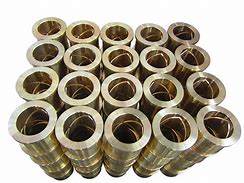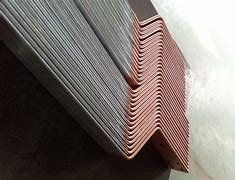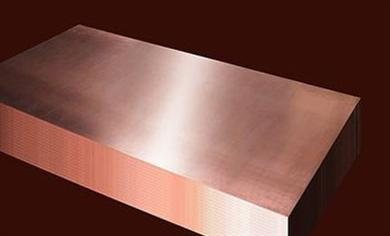**Pex and Copper: Plumbing’s Odd Couple or Perfect Pair?**
(Can Pex Tubing Be Used With Copper Pipe)
When it comes to plumbing, mixing materials can feel like trying to pair socks from two different drawers. You know it *works*, but you’re not sure if it’s a good idea. Pex tubing and copper pipe are like that. One is flexible, modern, and plastic. The other is rigid, classic, and metal. Can these two actually get along in your plumbing system? Let’s dig in.
First, the short answer: yes, Pex and copper can work together. But like any odd couple, they need the right tools and a little know-how. Pex (cross-linked polyethylene) has become a go-to for DIYers and pros because it’s easy to install, resists freezing bursts, and costs less than copper. Copper, on the other hand, is the old-school champ. It’s durable, handles heat well, and has a proven track record. The trick is connecting them without leaks or drama.
So how do you bridge the gap between plastic and metal? You use fittings. Transition fittings are the middlemen here. Brass or plastic connectors join Pex to copper, creating a secure link. For example, a push-to-connect fitting (like SharkBite) lets you snap Pex onto one end and copper into the other. No soldering, no glue. Just press and go. Crimp or clamp rings work too, but they need a special tool. Either way, the goal is the same: keep water flowing smoothly between the two materials.
But wait—why mix them at all? Maybe you’re renovating an older home with existing copper pipes but want to add Pex for a new bathroom. Or perhaps you’re repairing a section of copper and prefer Pex for its flexibility. Mixing materials lets you use the best of both worlds without redoing the whole system. Just remember: every connection is a potential weak spot. Do it right, and you’ll never notice the difference. Do it wrong, and… well, let’s not think about that.
Copper and Pex have different personalities. Copper expands and contracts with temperature changes. Pex is more laid-back, bending around corners without complaining. When connecting them, leave some slack in the Pex. This gives it room to move as temperatures shift. Also, avoid direct contact between the two materials if your local code requires it. Use a dielectric union or a plastic sleeve to prevent corrosion. Why? Because when dissimilar metals (or metal and plastic) meet, they can react over time. It’s like putting two argumentative relatives at the same holiday table—best to keep them separated.
One thing to watch: compatibility with your water. If your water is highly chlorinated, check that your Pex is rated for it. Some types of Pex (like Pex-A) handle chemicals better than others. Brass fittings can also corrode in certain water conditions. When in doubt, ask a pro or test your water.
Cost is another factor. Transition fittings cost more than standard connectors. But compared to re-piping your entire house, mixing Pex and copper is still a bargain. Plus, you save time. Swapping a single copper section for Pex can take minutes instead of hours.
Durability? Both materials last decades if installed correctly. Copper can outlive your house. Pex has a 50-year lifespan in most cases. Together, they form a team that’s tough to beat. Just avoid exposing Pex to direct sunlight or extreme heat (like near a water heater). UV rays and high temps can weaken it over time.
(Can Pex Tubing Be Used With Copper Pipe)
So, is this odd couple a perfect pair? For most homeowners, yes. It’s flexible, cost-effective, and lets you upgrade plumbing without starting from scratch. Just follow the rules: use the right fittings, leave room for movement, and keep an eye on water chemistry. Your pipes will stay quiet, and your wallet will thank you.
Inquiry us
if you want to want to know more, please feel free to contact us. (nanotrun@yahoo.com)



